The sport of competitive cheerleading
To those who have never stepped foot into a cheerleading gym or competition, the world of cheerleading may seem like one filled with pom poms, glitter and fancy pyramids. However, cheerleading is more than just being on the sidelines of a football game.
Whether or not cheer is a “sport” has been an ongoing debate, but despite the naysayers, no one can deny that cheerleading involves physical and mental effort and skill. Competitive cheerleading requires its athletes to be in tip-top shape, precise with their routines, able to tumble, highly talented and well-rehearsed. At competition, cheerleading teams are judged based on the difficulty and execution of a complicated routine that lasts two and a half minutes.
In preparation for competition, cheerleaders drill techniques to complete a complicated, full routine with no deductions. These vigorous practices last hours and are physically and mentally demanding.
“It takes at least six hours a week of practice for about four months to prepare for a big competition,” sophomore Jordan Card said.
JHS cheerleaders Allison and Jordan Card recently moved to Jupiter from Abu Dhabi. They were eager to try out for the nationally-recognized cheer team and had an advantage given their skills.
”We were dancers before we were cheerleaders,” Allison said.
Sophomore Ellie Baxter, also a former dancer and gymnast, moved from Connecticut four years ago and joined the all-star “Diamonds” team from Palm Beach Lightning, a cheer and training facility in West Palm Beach with over 1,000 national titles.
Baxter had no idea what she had gotten herself into when she signed up for JHS cheer tryouts last year.
“At first I thought I was just going to be waving some pom poms around at football and basketball games,” Baxter said. “Once I got on the team I realized that I signed up for competitive cheer, which is a lot more physical than sideline cheer.”
Sideline cheer and competitive cheer have some major differences. Sideline cheer involves cheering on a football or basketball team and is less physical than competitive cheer because of the constraints of the football or basketball game. Competitive cheer, on the other hand, involves squads performing in front of judges, executing stunts, jumps and tumbling sequences in an intense environment.
“[Competitive] cheerleading is all about hand-eye coordination, quick reflexes, consistency and pushing past mental and physical limitations,” Domanic Toscano, an all-star coach at Palm Beach Lightning, said.
Cheerleaders train for hours a week to be not only physically strong but also mentally strong.
“Stunting and tumbling take a ton of practice as well as mental and physical strength,” Jupiter High cheer coach Kimberley Beine said. “It’s much more difficult than it looks.”
Beine, a teacher at Beacon Cove Intermediate School, started coaching 17 years ago when her niece persuaded her to join the Warrior cheer team. To date, she has led her team to two state championships.
“The athletes are my motivation. Seeing their love, dedication and determination for the sport inspires me and makes me love what I do,” Beine said.
The Lady Warriors’ season may be over for now, but the girls take no breaks as they prepare for upcoming competitions. For example, Baxter continues to practice eight hours a week on two teams, and JHS is conducting online tryouts for the upcoming school year.
When competing at the state-champion level, cheerleading comes with its own set of mental and physical challenges. Krystal Dunteman, a sophomore who cheered competitively on two teams, decided to take a step back after years of competing on two teams.
“I didn’t want to stop all-star, but it was just too time consuming,” Dunteman said. “When I did all-star last year, practice would always interfere with my schoolwork and social life. It was too much.”
The next time you walk into a pep rally, think of all of the time and effort your school’s cheerleaders put into their routine. It’s harder than it looks.

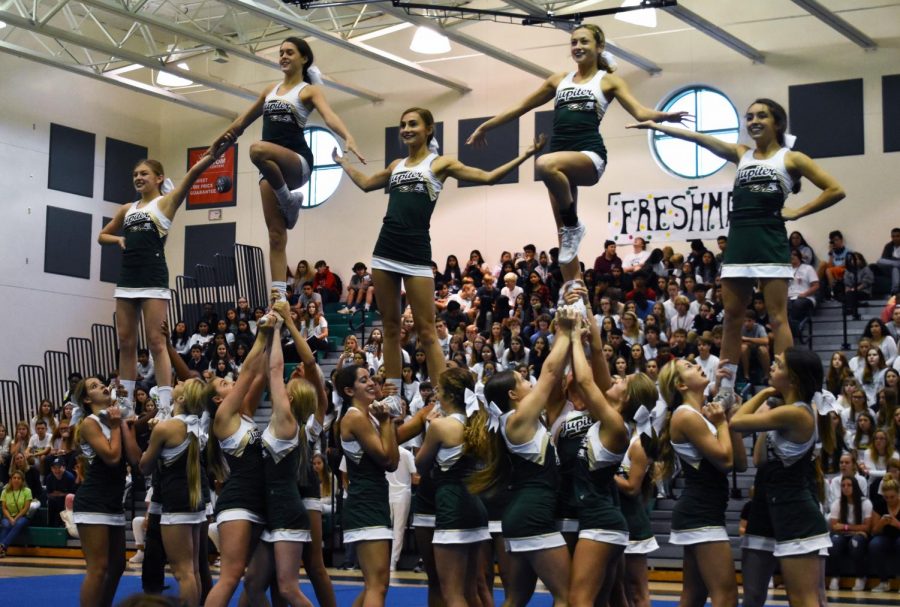
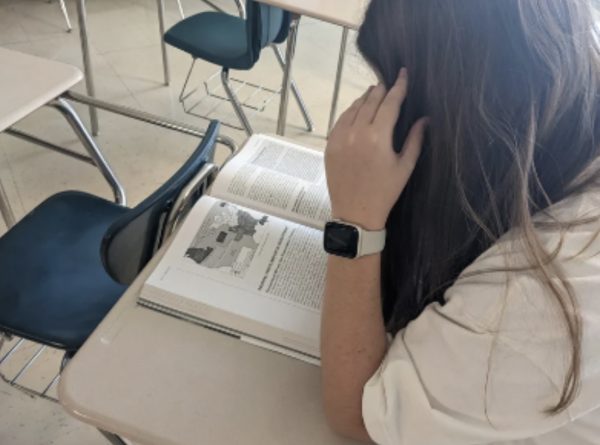

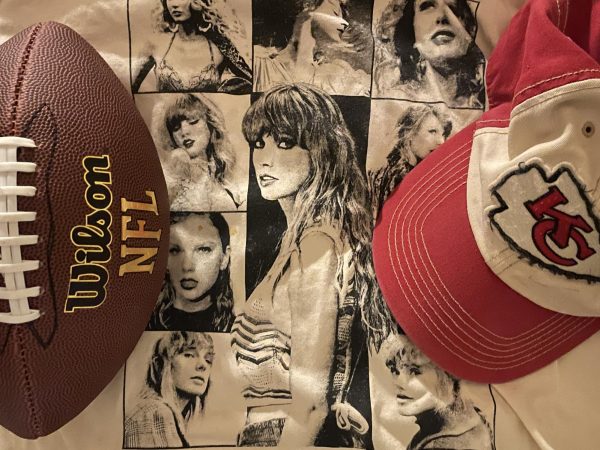
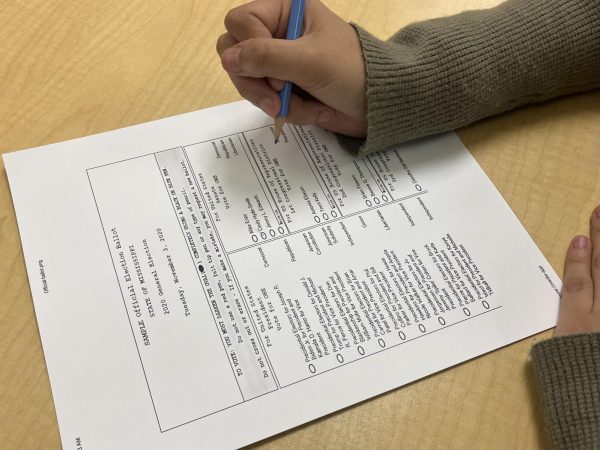

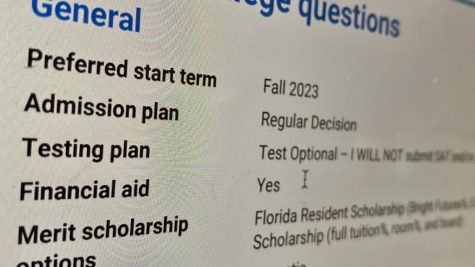
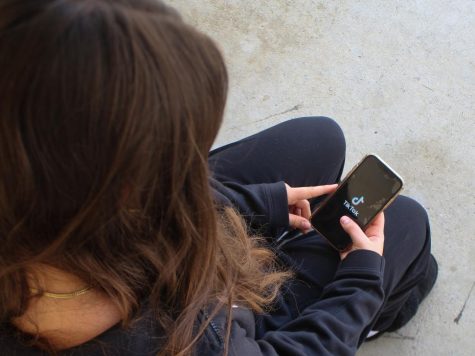
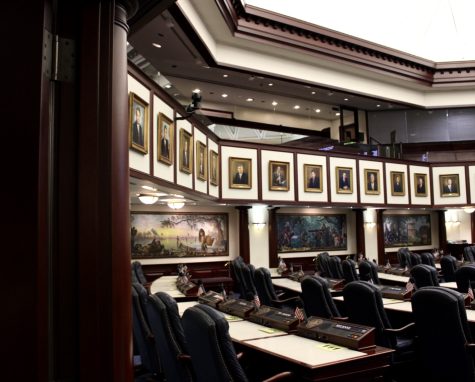

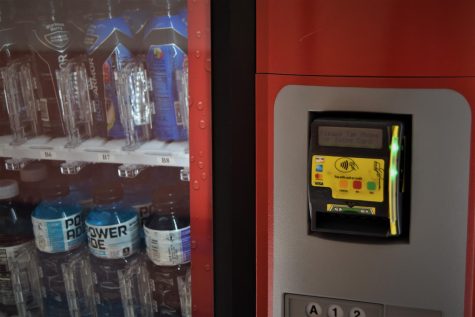
renea pascal • Apr 24, 2020 at 2:46 pm
I do not attend Jupiter High but I will say that this article was very well written and very detailed.